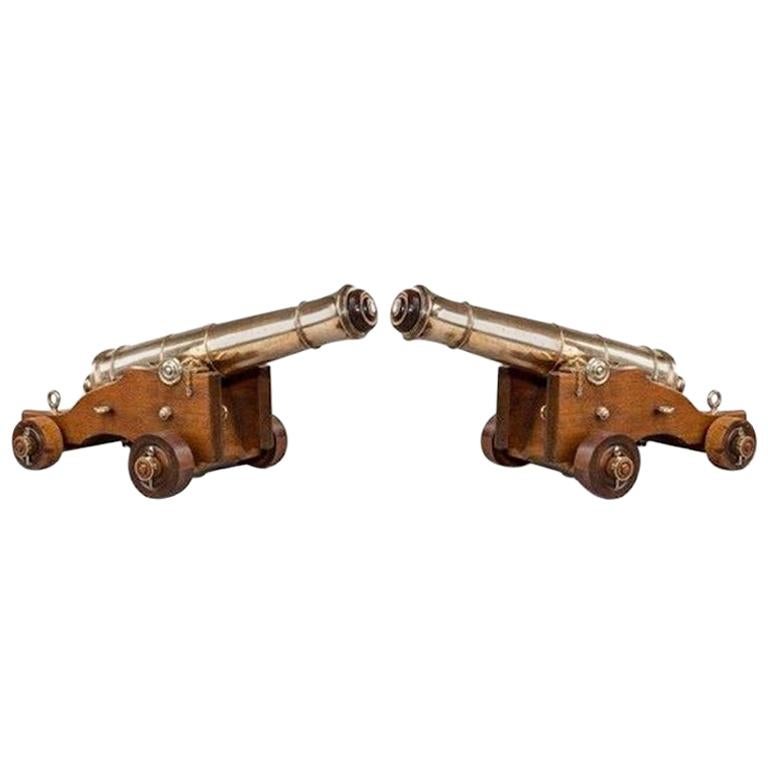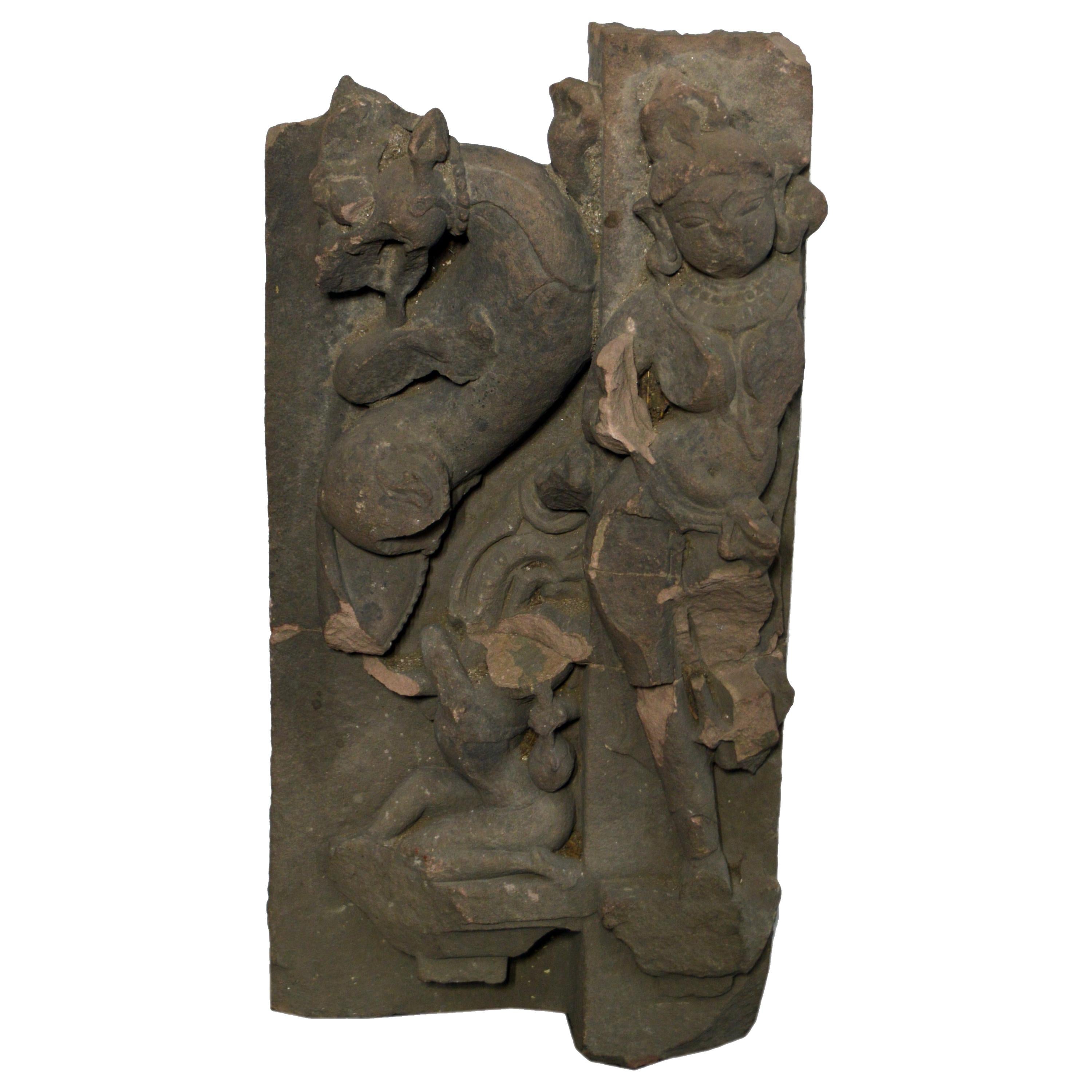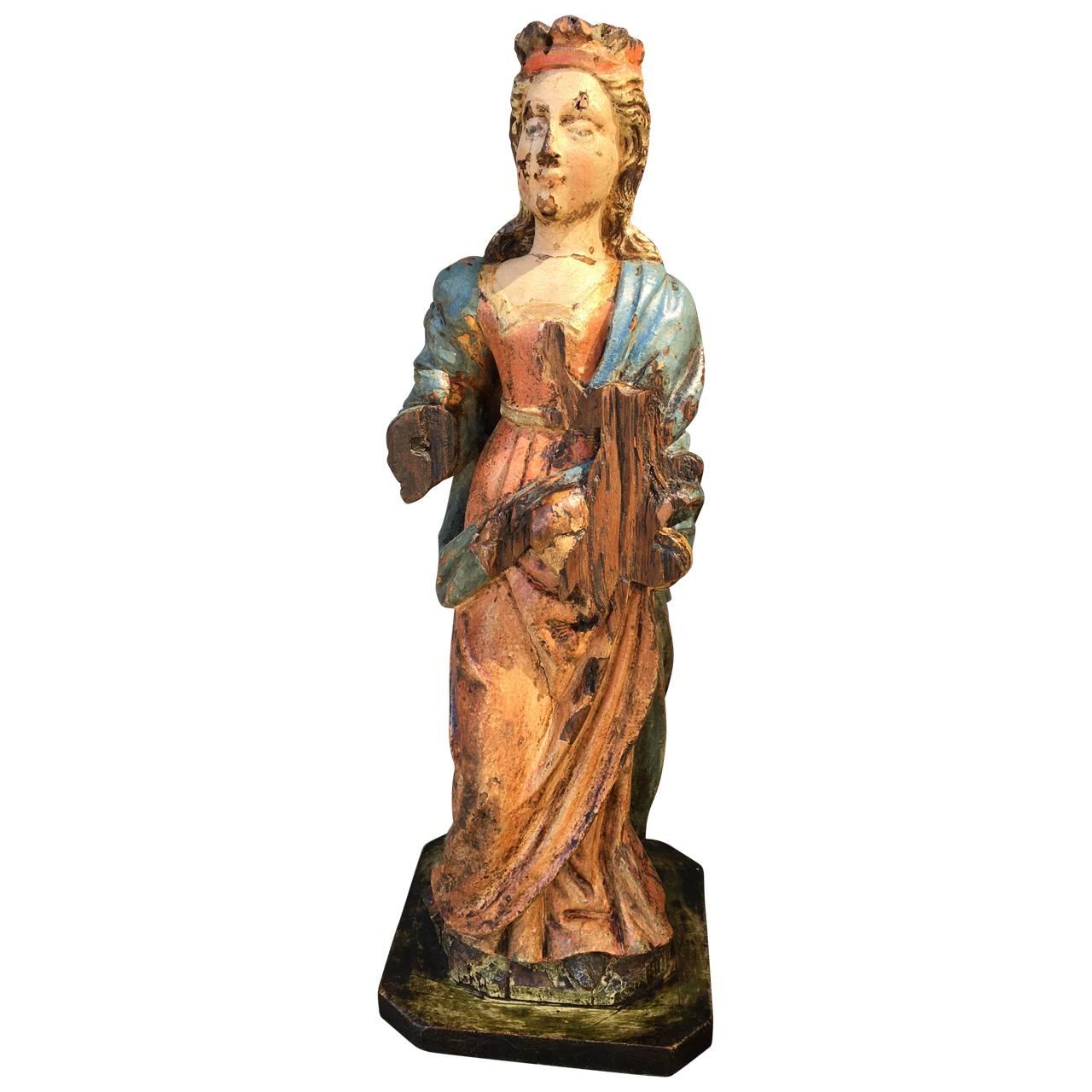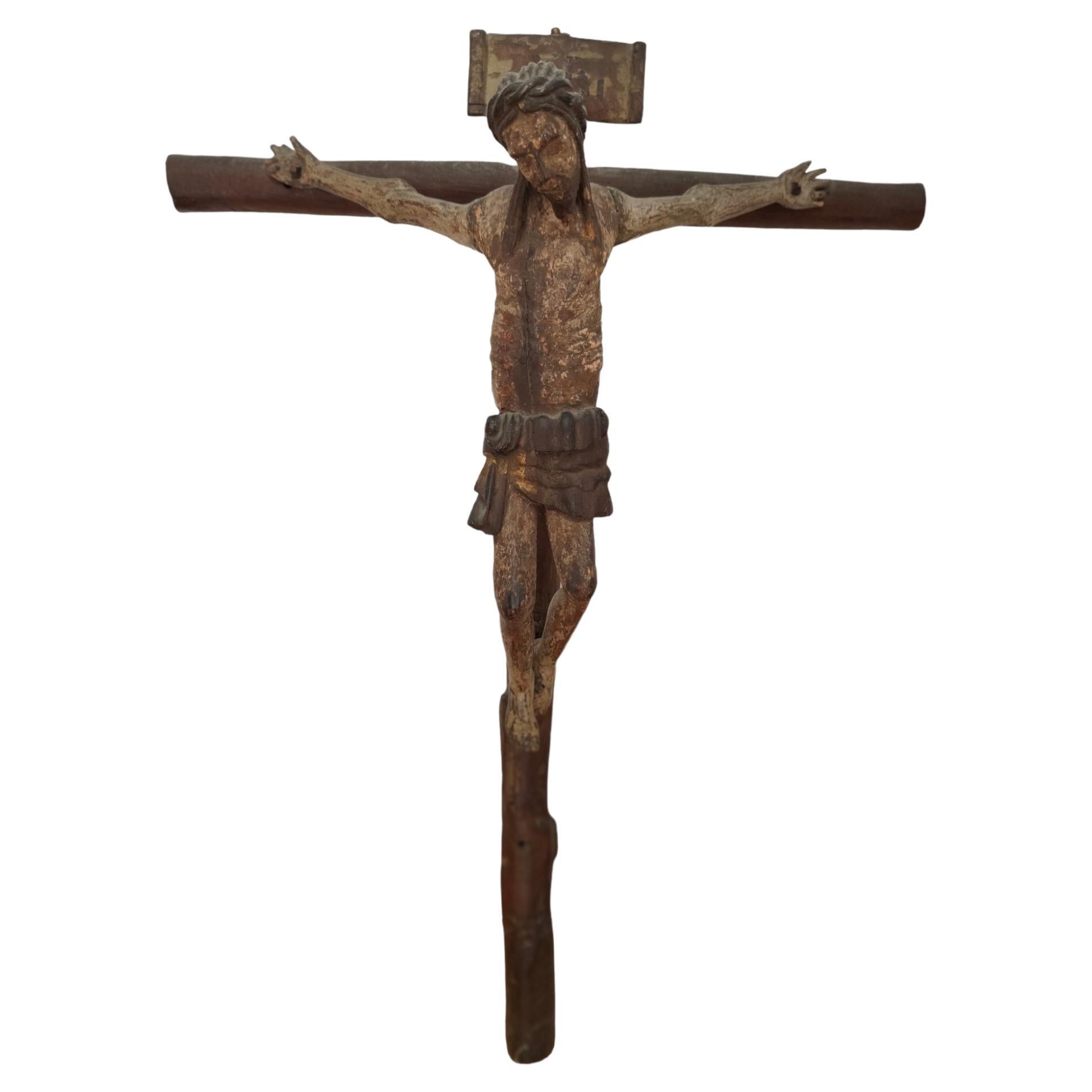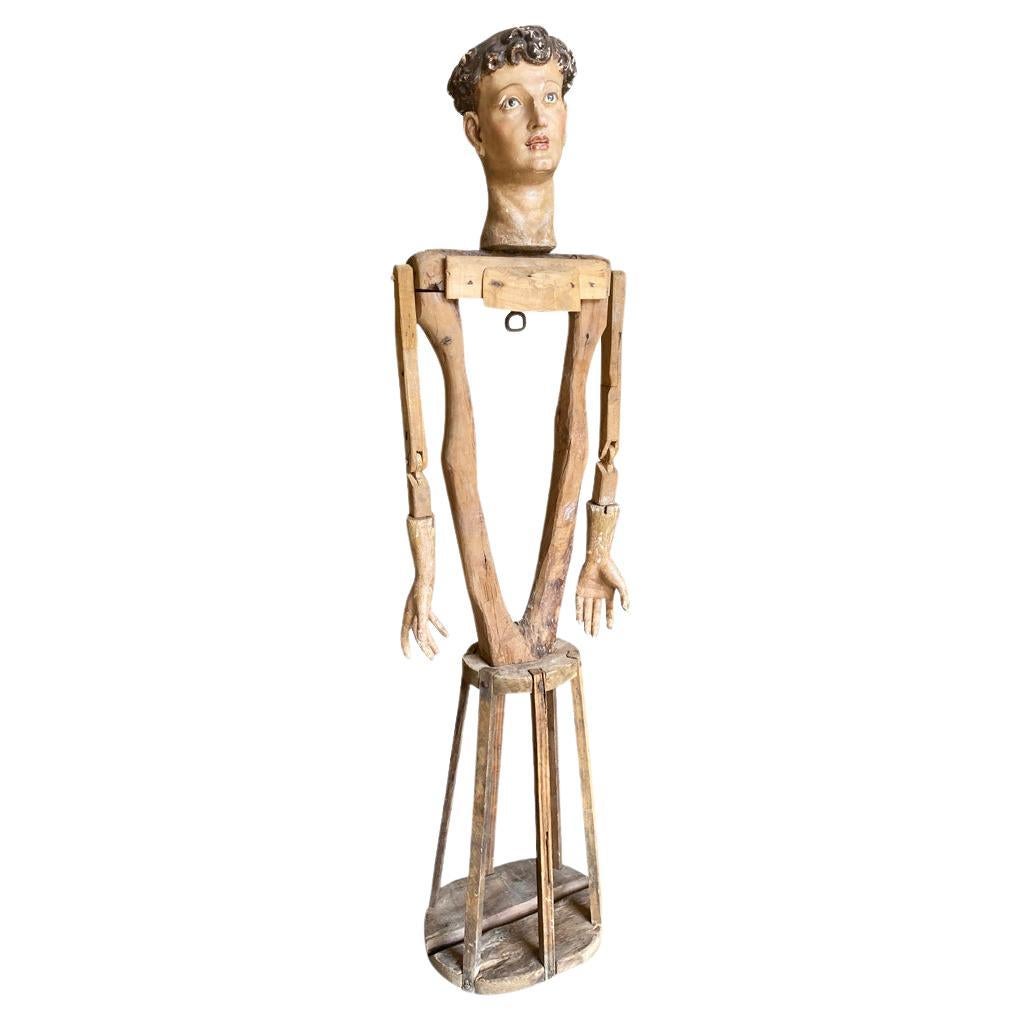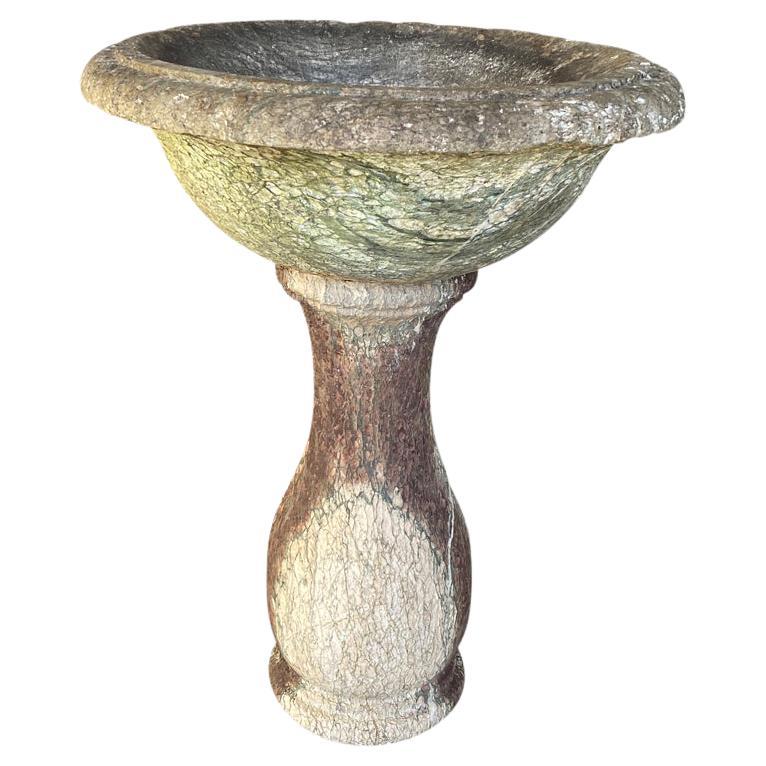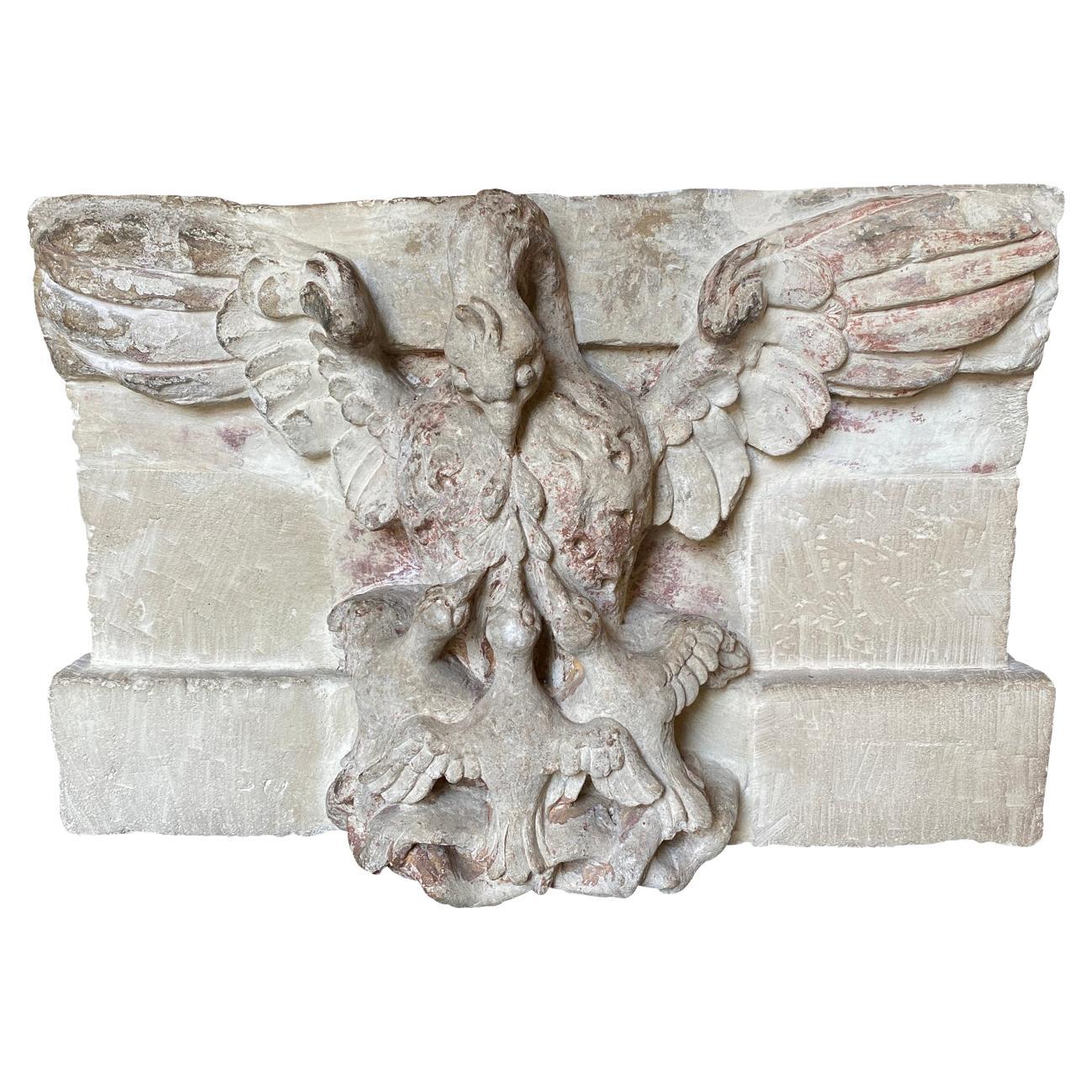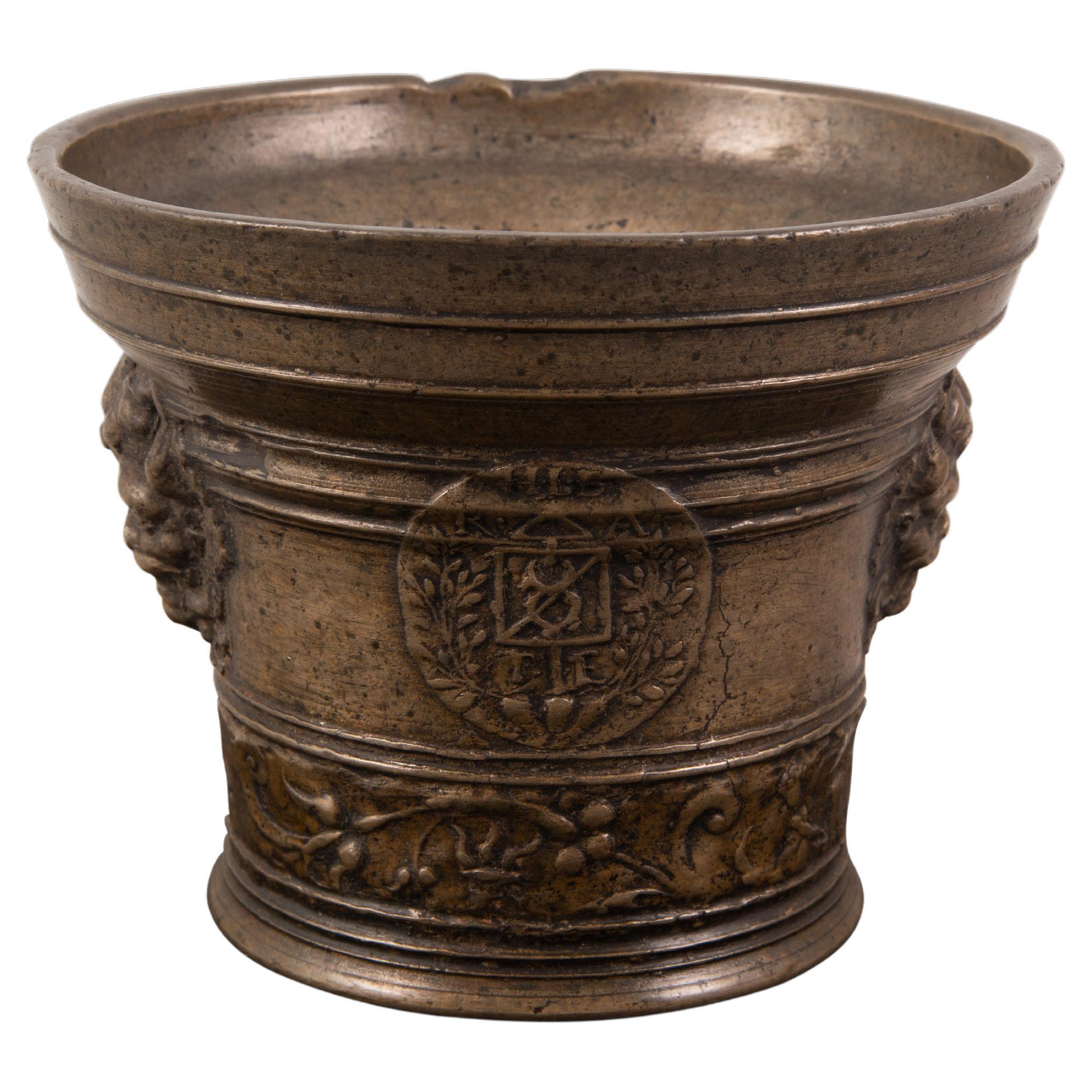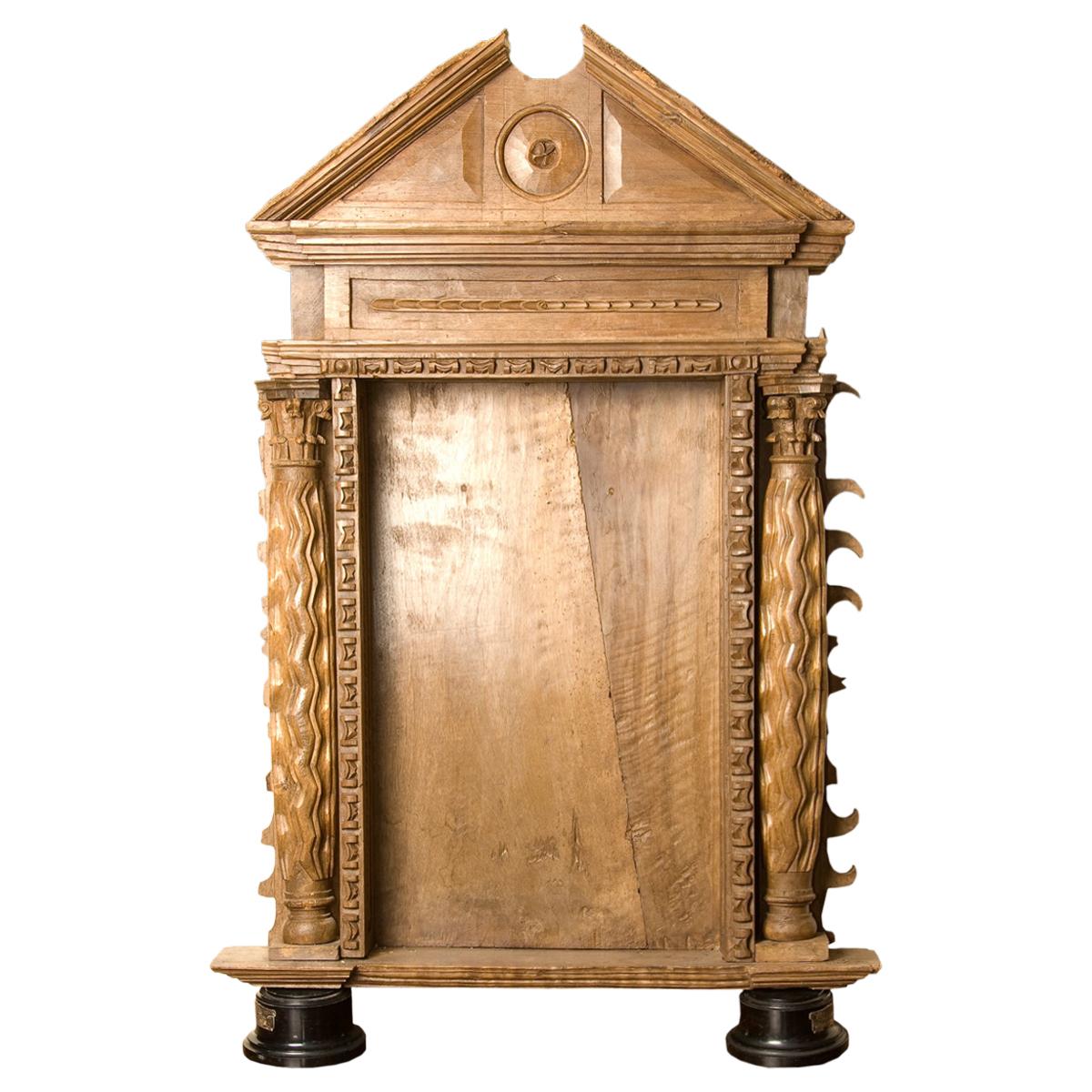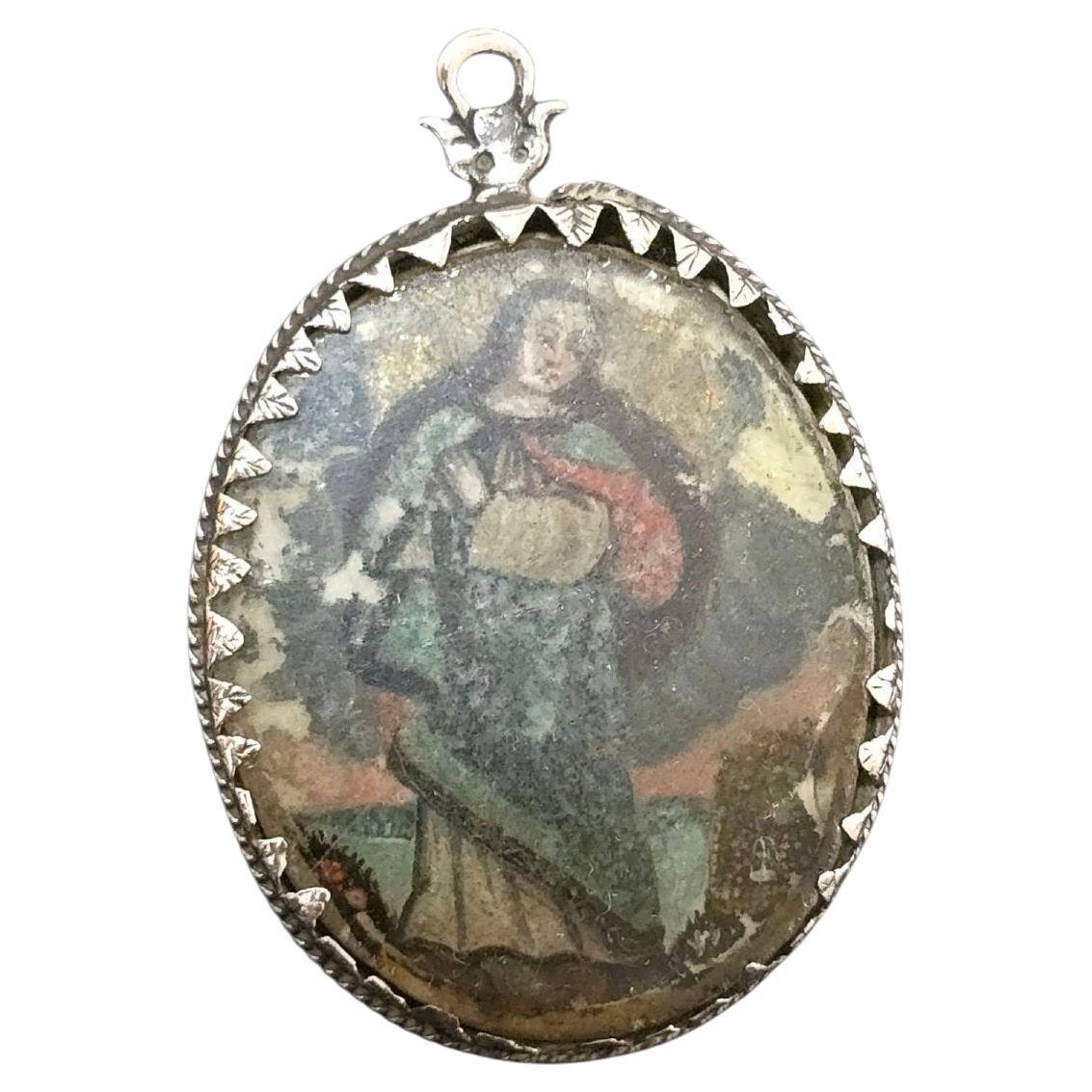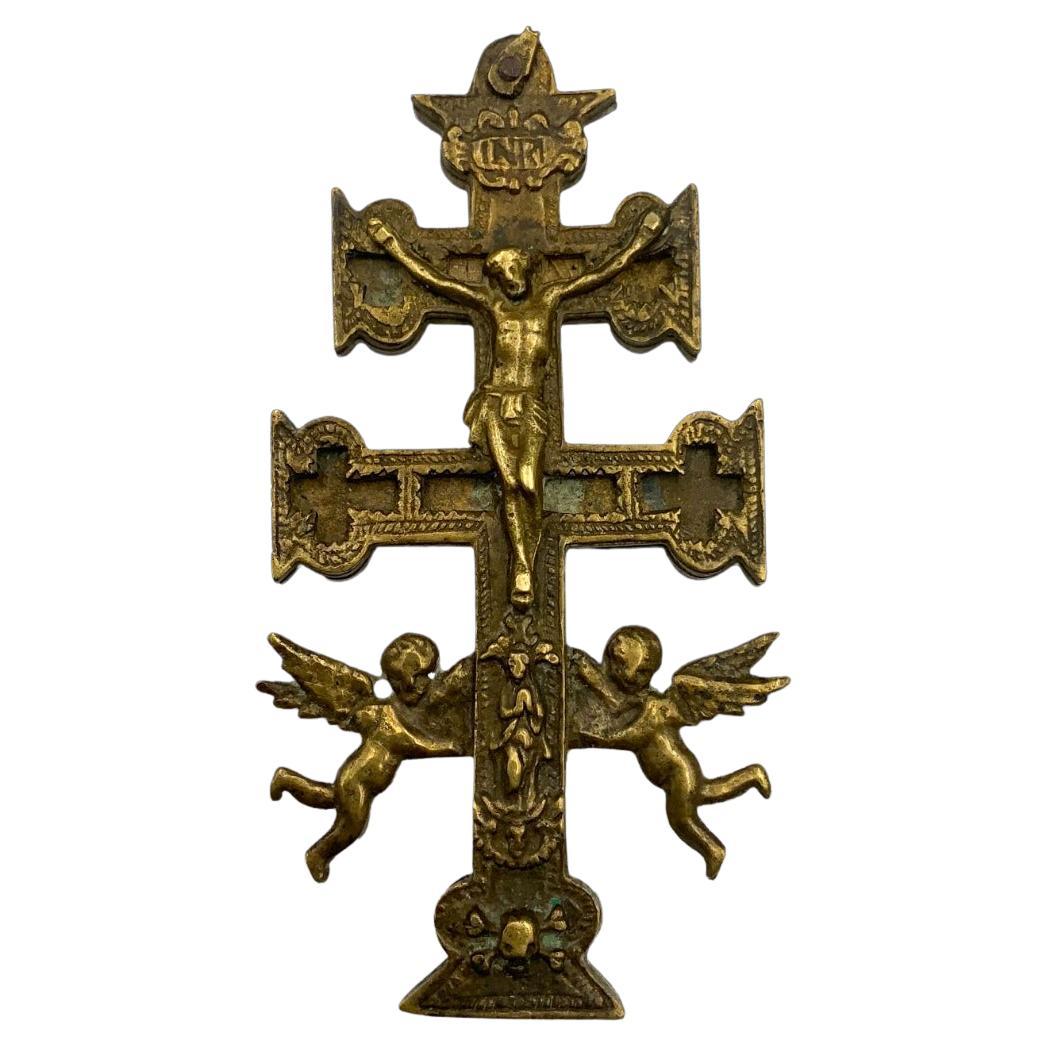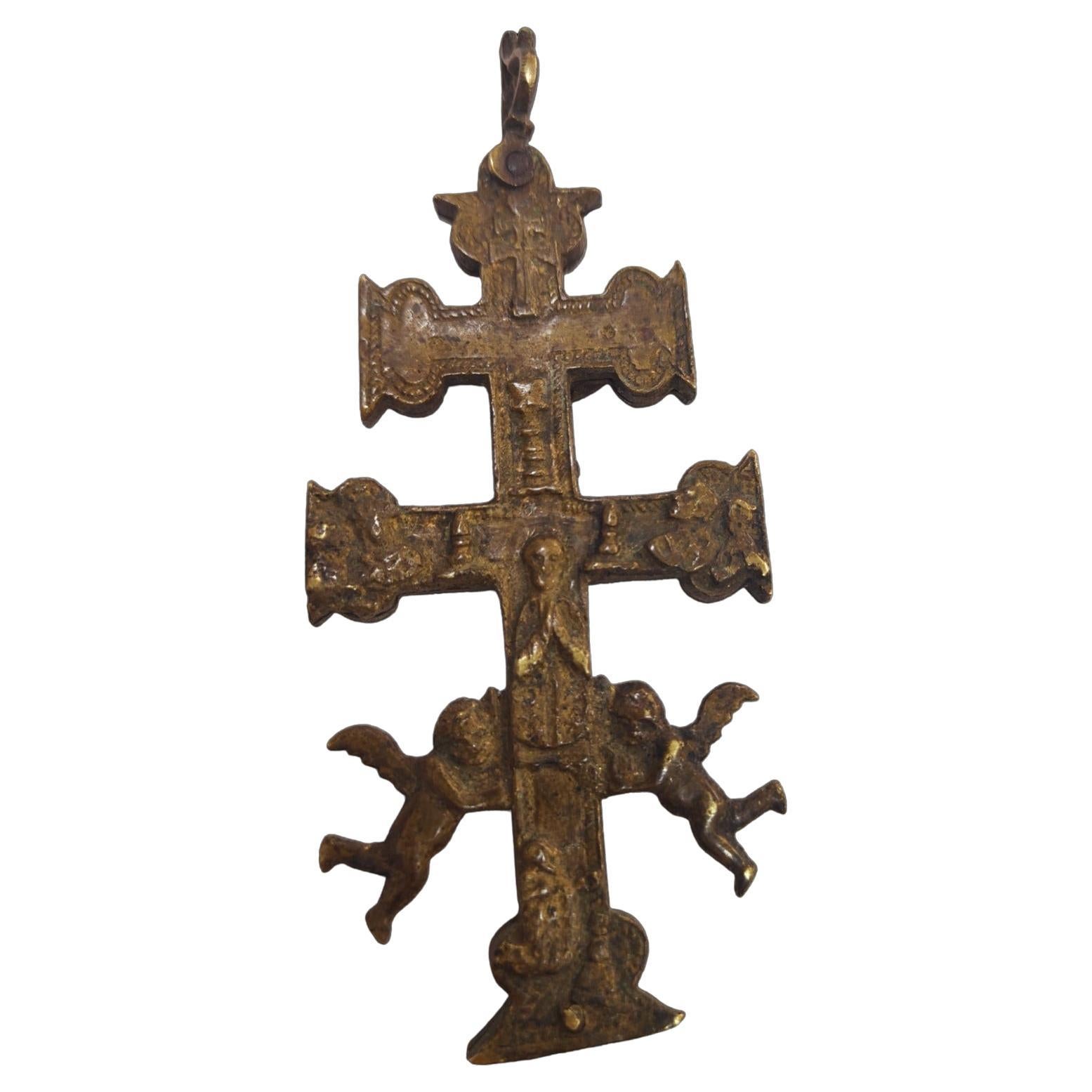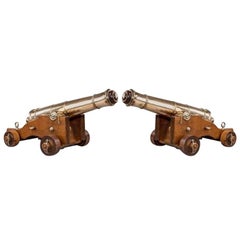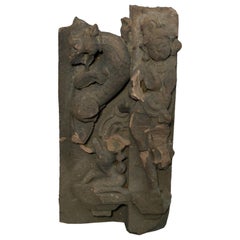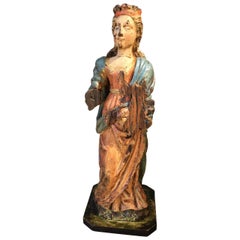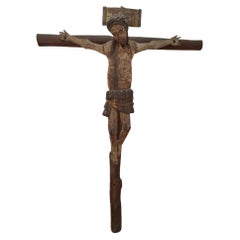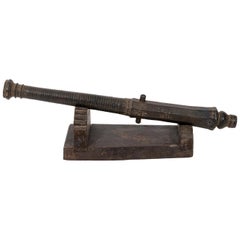
17th Century Asian Naval Swivel Cannon
View Similar Items
1 of 7
17th Century Asian Naval Swivel Cannon
Price:$1,839
$2,299List Price
About the Item
- Dimensions:Height: 10 in (25.4 cm)Width: 30 in (76.2 cm)Depth: 10 in (25.4 cm)
- Materials and Techniques:Iron,Cast
- Place of Origin:
- Period:
- Date of Manufacture:17th Century
- Condition:Wear consistent with age and use.
- Seller Location:Stamford, CT
- Reference Number:Seller: FUNSTON ANTIQUES 1stDibs: LU862316988222
Authenticity Guarantee
In the unlikely event there’s an issue with an item’s authenticity, contact us within 1 year for a full refund. DetailsMoney-Back Guarantee
If your item is not as described, is damaged in transit, or does not arrive, contact us within 7 days for a full refund. Details24-Hour Cancellation
You have a 24-hour grace period in which to reconsider your purchase, with no questions asked.Vetted Professional Sellers
Our world-class sellers must adhere to strict standards for service and quality, maintaining the integrity of our listings.Price-Match Guarantee
If you find that a seller listed the same item for a lower price elsewhere, we’ll match it.Trusted Global Delivery
Our best-in-class carrier network provides specialized shipping options worldwide, including custom delivery.You May Also Like
Pair of Antique English Naval Cannon
Located in Lymington, Hampshire
Pair of antique English naval cannon each with a tapering three stage barrel flanked by plain trunnions, with a knob shaped cascabel button before a shaped rectangular raised vent and ending in a 3 1/2” bore muzzle, enclosing a removable conforming wood plug, circa 1800.
Stood upon a naval type bronze-mounted four wheeled wooden carriage, including its wedge shaped quoin with knob handle.
The Earls of Lonsdale, Lowther Castle, Cumbria, presumably by descent to Hugh Cecil Lowther, 5th Earl of Lonsdale (1857-1944), until sold by his heir and brother, Lancelot, 6th Earl, as part of the contents of Lowther Castle, Maple & Co. Ltd./Thomas Wyatt, Tuesday 14 April 1947 and two following days, lot 558: ‘A pair of Old Gun Metal Cannons on teakwood carriages, 3ft. 6in. long’.
Mrs. P.M. Adie-Shepherd, sold Christie’s, London, 29 May 1970, lot 96.
Lowther Castle is a castellated mansion built by Robert Smirke between 1806 and 1814 for William Lowther, 1st Earl of Lonsdale (1757-1844). It was constructed on the foundations of the former 17th century family seat, Lowther Hall, but it was only in the early 19th century that it was afforded the name ‘castle’ in keeping with the Europe-wide fashion for romanticism and which was promoted by influential characters such as William Beckford at Fonthill Abbey, Wiltshire in England and by the writer Sir Walter Scott at Abbotsford, Roxburghshire, Scotland. While it’s not known when these naval cannon were acquired for Lowther they would have been entirely fitting in the castle or its approaches and it’s likely that they were in place soon after the castle was completed, or perhaps acquired later by the 5th Earl. A tantalising possibility is that the cannon were originally aboard the East Indiaman Lowther Castle which was active in the early 19th century.
HUGH CECIL LONSDALE, 5TH EARL OF LONSDALE (1857-1944) AND THE DEMISE OF LOWTHER CASTLE
In 1882 at the age of 25 Hugh Lonsdale (1857-1944) unexpectedly inherited the earldom and with it the extensive Lonsdale estate, including tens of thousands of acres of Cumberland and Westmorland and coalfields at Whitehaven. However, despite his spectacular inherited wealth – he was suddenly one of the wealthiest men in England, over the course of his lifetime he managed to decimate the family fortune. He led a full and colourful life, one of adventure and luxury. An early intrepid escapade took place in July 1888 when, as part of an expedition called the Scotch Naturalist Society, he set embarked on horse sleigh...
Category
Antique Early 1800s English Arms, Armor and Weapons
Materials
Bronze
$180,895 / set
17th Century Asian Hand-Carved Stone Temple Sculpture of a Female Divinity
Located in Yonkers, NY
A 17th century Asia hand-carved stone temple sculpture possibly from India, depicting a divinity. Featuring a strong patina revealing its age, this high-relief hand-carved stone scul...
Category
Antique 17th Century Asian Figurative Sculptures
Materials
Stone
$7,499 Sale Price
25% Off
Early 17th Century Sculpture
Located in Copenhagen, K
Amazing Baroque sculpture of a woman wearing a crown in original paint. Her hands are missing. Colors are untouched, recently cleaned off from a thick dark coating, I have images fro...
Category
Antique Early 17th Century French Baroque Figurative Sculptures
Materials
Oak
Roman Christ 17th Century
Located in Madrid, ES
Romanesque Christ of the 17th century carved in fruit wood with posterior cross. It has remains of the original Polychrome. Total dimensions: 58x43 cm.
Category
Antique 15th Century and Earlier Religious Items
Materials
Fruitwood
Italian 17th Century Mannequin
Located in Round Top, TX
A very beautiful 17th century articulating Mannequin from the Veneto region of Italy. Beautifully carved from polychromed wood with very handso...
Category
Antique 17th Century Italian Religious Items
Materials
Wood
French 17th Century Baptismal Font
Located in Round Top, TX
A very beautiful 17th century Baptismal Font from the South of France beautifully carved from marble. Minimalist lines give this piece a calming feel. Wil...
Category
Antique 17th Century French Garden Ornaments
Materials
Marble
